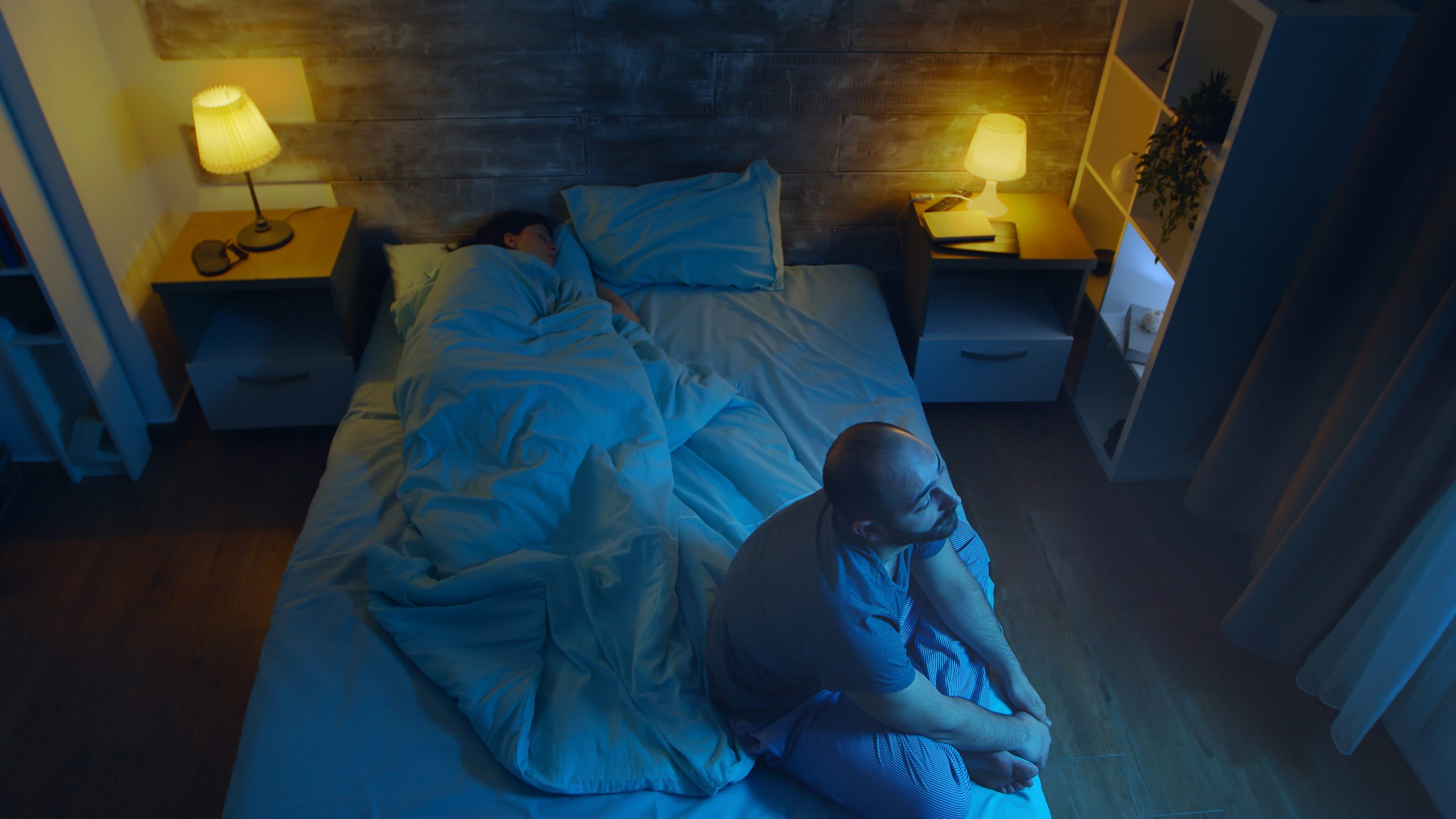Treating Anxiety
There are various methods of treating anxiety disorders. It is important for you and your health care provider to decide what approach to treatment would be best for you. Often, treatment involves a combination of medication and psychotherapy.
The following consists of information on various forms of anxiety treatment.
Psychotherapy
There are many different types of psychotherapy, but the most often used type to treat anxiety is cognitive behavioral therapy (CBT). CBT focuses on finding what thinking patterns are leading to one’s anxiety. It also aims to help teach individuals how to reduce beliefs or behaviors that lead to anxiety.
Medication
For some, medication can be quite beneficial in managing an anxiety disorder. However, medications do often have side effects and risks, so it is important to speak with your health care provider about any concerns you may have.
For the treatment of anxiety disorders, both anti-anxiety medications and antidepressants are used. Anti-anxiety medications work solely to reduce physical and emotional symptoms of anxiety. Antidepressants can also be beneficial in the treatment of anxiety. They also aim to help treat depression, which is often co-occurring with anxiety disorders.
Complementary and Alternative Treatments
Many people have begun using complementary and alternative treatments alongside conventional treatment to help treat their anxiety disorder. These treatments vary, but often include:
- Stress relief and relaxation techniques that are aimed at calming the mind and body.
- Self management plans to help gain control over the day.
- Exercise even in small amounts can often reduce anxiety symptoms.
Finding TREATMENT AND RESOURCES
- To learn more about anxiety and treatment, we recommend contacting your health care provider.
- To read more, the following resources are suggested:
Return to home page: https://nwmind-bodywellness.com/
Read more articles: https://nwmind-bodywellness.com/articles/









